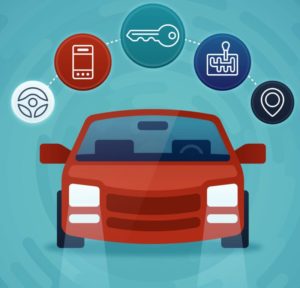
Ride hailing giant Uber is being pressured to provide the biometric data of its drivers in an effort to increase the safety and security of passengers in London.
The request comes from Transport for London (TfL), the city agency that regulates public transportation, on the eve of the expiration of Uber’s licence to operate in the city. Uber has to decide this week if they will accept the terms of the new licence — which could require drivers to scan their fingerprints or faces — or to take TfL to court.
The measures being proposed by TfL are aimed at ensuring a driver’s identity matches the one registered through Uber in their app, and that they are therefore registered and licensed to operate by TfL. This may include requiring them to submit to a biometric scan.
The news comes at a time when both Uber and TfL are facing pressure to increase security measures after Uber drivers in the UK and the U.S. have been accused of assaulting passengers while on duty with Uber.
The move has been called “disproportionate and discriminatory” by James Farrar, Uber driver’s representative at the Independent Workers of Great Britain union. He says that the proposed changes would make London’s Uber drivers the “most surveilled” workforce in the City.
Uber has faced pressure to use biometric registration on their drivers for years now, and in 2016 introduced a new driver log-in feature that requires drivers to send a selfie to be authenticated by Uber before they can begin their shift.
Some experts believe TfL may be willing to back off of the biometric requirements of their proposal and settle for a less controversial approach such as additional passwords or codes similar to what are used for online banking.
“Maybe TfL will be satisfied with something simple, but it seems like they are going the extra mile with Uber to make sure,” said Alan Woodward, a data protection expert from the University of Surrey, in an interview with Wired.
Woodward also spoke to the controversial matter of forcing a large number of people to submit their biometric data to a government agency.
“What could it be used for, what is the purpose that it could be passed on for? Could it be passed on to the police? These are, at best, grey areas when it comes to sharing that data and GDPR.”
Attempts to register the biometric data of Uber and Lyft drivers failed in October of 2017 in California, when authorities concluded that current screening procedures were a sufficient way of ensuring the safety of passengers.
–
November 25, 2019 – by Tony Bitzionis







Follow Us